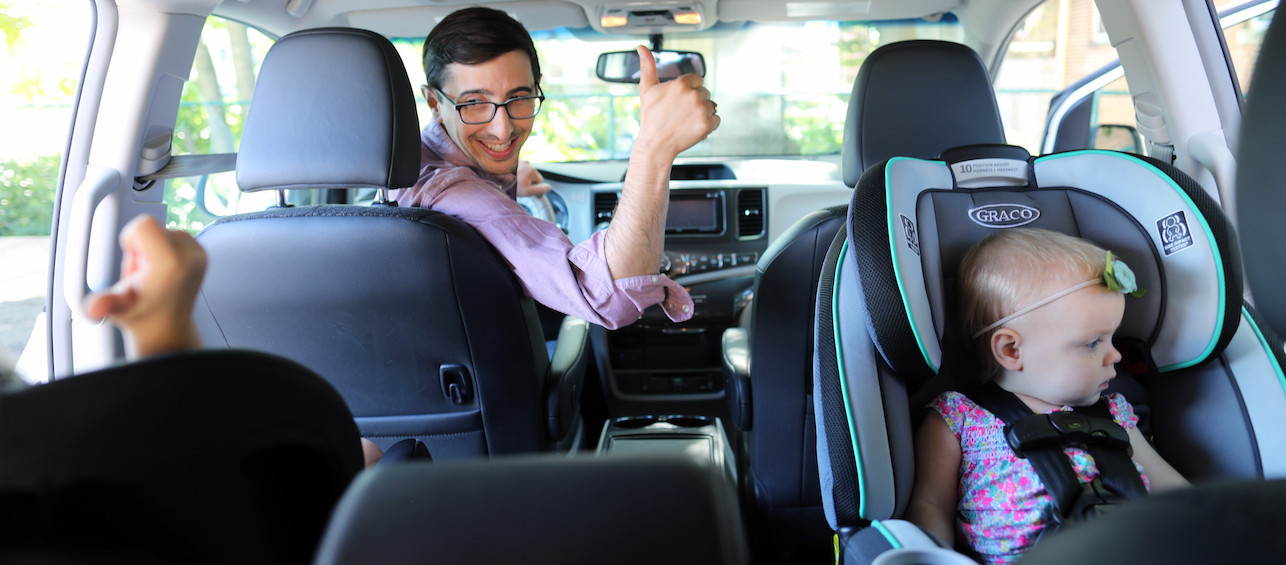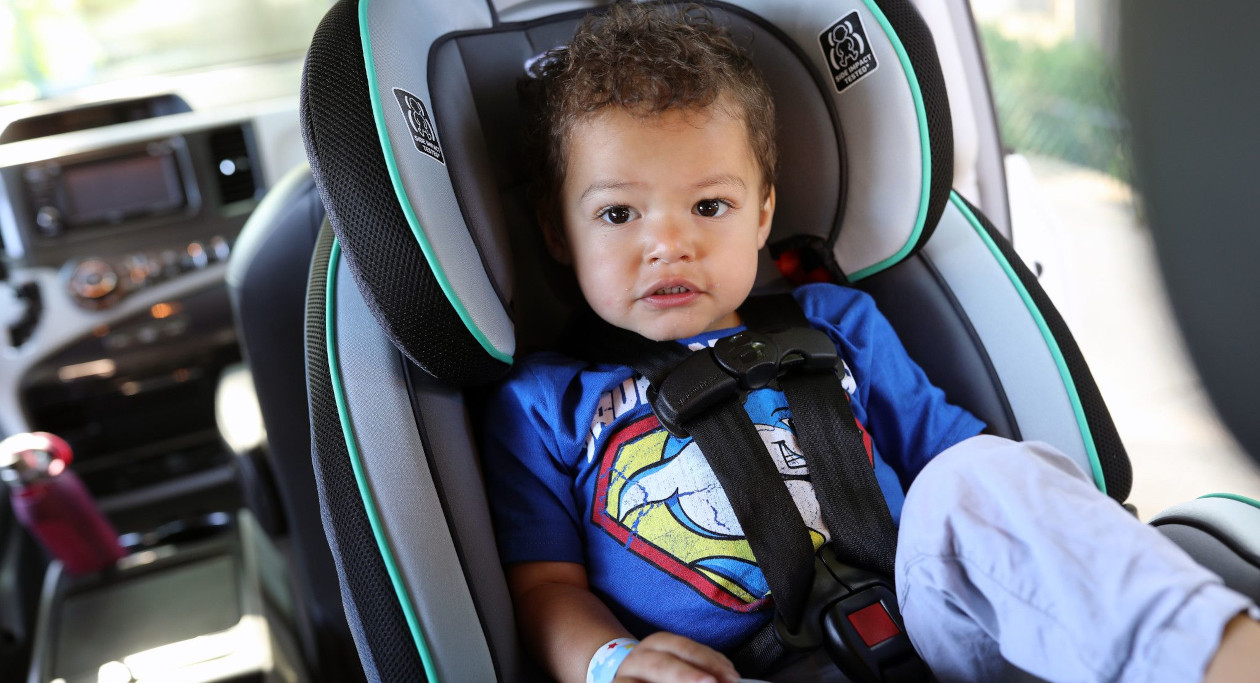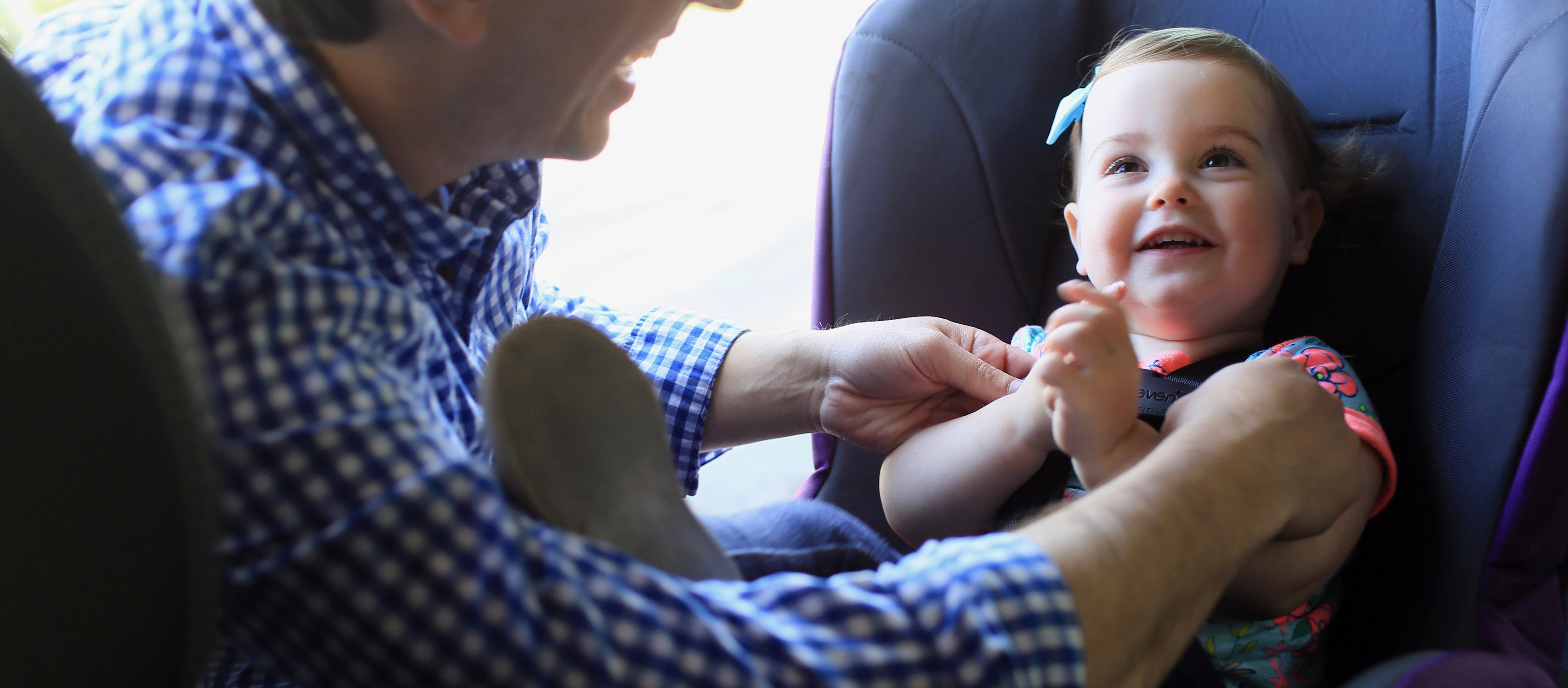As kids grow out of the toddler years and into the school-age years, car seat safety is just as critical as when you brought your newborn home from the hospital in that rear-facing infant seat. According to the American Academy of Pediatrics (AAP), motor vehicle crashes remain the leading cause of death for children age 4 and up.
Earlier this month, the AAP updated its recommendations on child passenger safety for kids at every age, from birth through the teen years. These best practices serve as a good reminder for safe riding as your children grow.
As your children approach graduation from their forward-facing car seats, there are still a couple of stages to be aware of before jumping to riding with just a seat belt. Below is an explanation on each transition a child will make until they can ride as adults.
1. From 5-point harness to booster seat
As your toddler grows into preschool age, keep an eye on their weight and height in relation to your car seat’s limitations. All car seats have minimum and maximum limits for safe riding. When your child reaches the weight or height above the forward-facing limit for their car seat, it may be time for the transition to a belt-positioning booster seat.
2. From booster seat to seat belt
Be sure to check your state’s law on when it’s legal to have your child ride without a belt-positioning booster seat. In addition, make sure to follow the manufacturer’s guidelines for your particular booster seat.
Here in Ohio, our law states that children can ride without a booster seat once they are age 8 or 4’ 9” tall. Kids typically reach that height between 8-12 years old. I strongly recommend — as do most other child passenger safety experts — that kids continue to use a booster until they reach 4’ 9”, regardless of their age.
I’ve written previously about a 5-step test to help you determine if your school-age child is ready to ride without a booster seat. These guidelines cover how well your child fits in the automobile and where the seat belt should fit on the child. It’s important to note that every vehicle is different. Your child might sit comfortably without a booster seat in Mom’s car, but not in Dad’s. So be sure to perform this test for each vehicle your child rides in.
3. From back seat to front seat
The AAP’s guidelines state that it is safest for all children under age 13 to ride in the rear seats of vehicles. If your pre-teens balk at this rule, give them a good reason for it: “Cars are designed for adults.” “Air bags are made to deploy for a person of a certain height, and seat belts are made to fit an adult’s body frame.” If your tween is involved in an accident while sitting in the front seat, the air bag and seat belt could potentially do more damage than good.
The other important point the AAP guidelines make is that each of these transitions leads to a lower level of protection for your kids. So in terms of safety, the longer you’re able to delay each of these transitions, the better.
For more information on Child Passenger Safety, visit our Comprehensive Children’s Injury Center.





